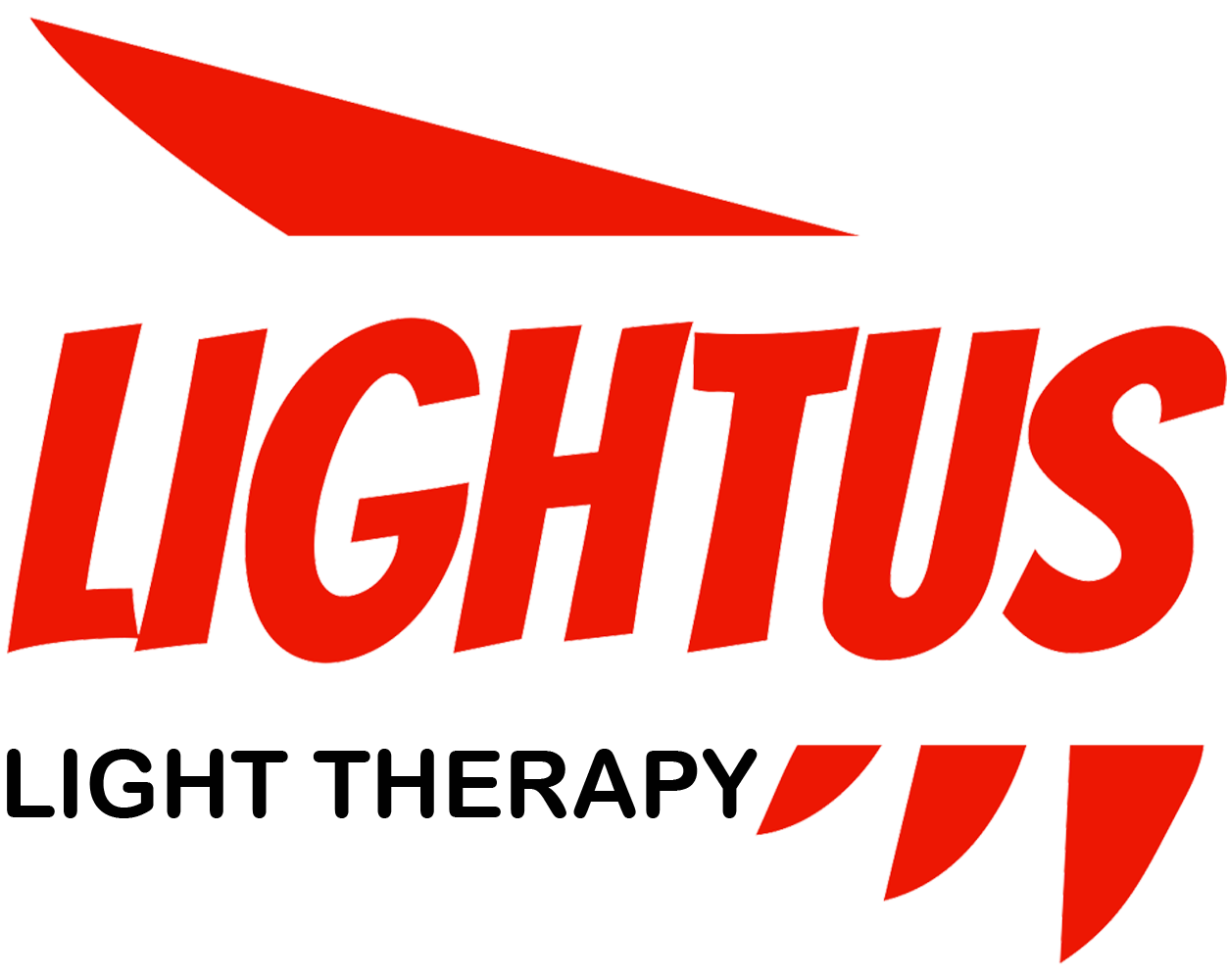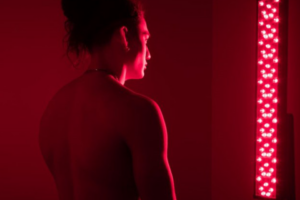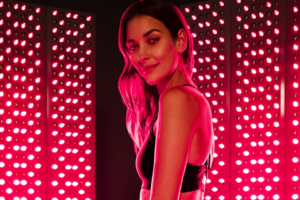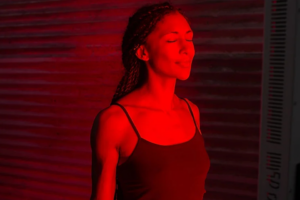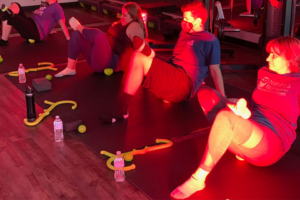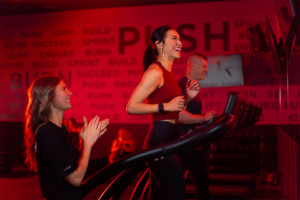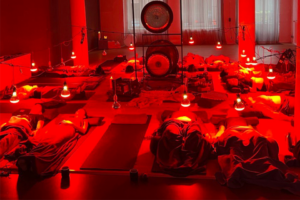What Does Red Light Therapy Do

Red light therapy has been gaining momentum in the health and wellness world, offering a non-invasive approach to improving various aspects of our well-being. This article delves into the fascinating world of red light therapy, exploring its potential benefits, how it works, and why it’s worth considering as part of your health regimen. Whether you’re looking to enhance your skin health, boost hair growth, or alleviate pain, red light therapy may have something to offer you.
Table of Contents
What Is Red Light Therapy and How Does It Work?
Red light therapy, also known as photobiomodulation therapy or low-level laser therapy (LLLT), is a treatment that uses low wavelengths of red and near-infrared light to target various health concerns. But how exactly does it work?The science behind red light therapy is based on the principle that certain wavelengths of light can penetrate the skin and be absorbed by cells. This light absorption stimulates the mitochondria, often referred to as the powerhouses of our cells, to produce more energy. This increased cellular energy can lead to various beneficial effects throughout the body.Red light therapy uses specific wavelengths, typically between 630-660 nanometers (nm) for red light and 810-850 nm for near-infrared light. These wavelengths are chosen because they can penetrate the skin to different depths, allowing for targeted treatment of various tissues and organs.
What Are the Potential Benefits of Red Light Therapy?
Red light therapy has been studied for its potential to address a wide range of health concerns. Here are some of the most promising benefits:
- Improved Skin Health: Red light therapy may help improve skin tone, reduce wrinkles, and promote collagen production. A study published in the Journal of Photochemistry and Photobiology found that red light therapy can significantly improve skin complexion and feelings of skin softness, smoothness, and firmness1.
- Enhanced Wound Healing: Research indicates that red light therapy can accelerate wound healing by promoting tissue repair and reducing inflammation2.
- Pain Relief: Many people use red light therapy to manage chronic pain conditions. A systematic review published in Pain Research and Management found that LLLT can be an effective treatment for various types of pain3.
- Hair Growth Stimulation: For those struggling with hair loss, red light therapy may offer hope. A 2019 meta-analysis found that LLLT can be an effective treatment for androgenetic alopecia4.
- Reduced Inflammation: The anti-inflammatory benefits of red light therapy have been documented in numerous studies, suggesting its potential in treating inflammatory conditions5.
- Improved Muscle Recovery: Athletes and fitness enthusiasts may benefit from red light therapy’s ability to enhance muscle recovery and reduce exercise-induced muscle damage6.
How Can You Use Red Light Therapy?
Red light therapy can be administered in various ways, depending on your specific needs and preferences. Here are some common methods:
- Professional Treatments: Many spas, clinics, and wellness centers offer red light therapy sessions using professional-grade devices.
- At-Home Devices: There’s a growing market for at-home red light therapy devices, ranging from handheld wands to full-body panels.
- Red Light Therapy Beds: Similar to tanning beds, these provide full-body exposure to red and near-infrared light.
- Targeted Treatments: For specific concerns, you might use devices like red light therapy hats for hair growth or wraps for pain relief.

Is Red Light Therapy Safe?
Red light therapy is generally considered safe when used as directed. Unlike UV light, red and near-infrared light doesn’t damage the skin. However, it’s essential to follow guidelines for exposure times and frequency of use.Some potential side effects may include:
- Temporary redness or warmth in the treated area
- Mild eye strain if proper eye protection isn’t used
- Headache (rare)
It’s always best to consult with a healthcare professional before starting any new treatment regimen, especially if you have any pre-existing medical conditions.
What Does the Research Say About Red Light Therapy?
While red light therapy shows promise in many areas, it’s important to note that research is ongoing. Here’s a brief overview of some key findings:
- A 2013 study found that red light therapy improved skin complexion and collagen density1.
- Research published in the Journal of Athletic Training showed that red light therapy could reduce muscle soreness and accelerate recovery after exercise6.
- A 2019 meta-analysis of 22 studies concluded that low-level laser therapy is an effective option for treating androgenetic alopecia in both men and women4.
How Often Should You Use Red Light Therapy?
The frequency of red light therapy sessions can vary depending on your specific goals and the device you’re using. Generally, most protocols suggest:
- For skin health: 3-5 times per week
- For pain relief: Daily or every other day
- For hair growth: 3-4 times per week
It’s crucial to follow the manufacturer’s guidelines for your specific device and consult with a healthcare professional for personalized advice.
Can Red Light Therapy Be Combined with Other Treatments?
Red light therapy can often be safely combined with other treatments to enhance overall results. Some popular combinations include:
- Red light therapy and skincare products
- Red light therapy and exercise for muscle recovery
- Red light therapy and hair growth medications
However, always consult with a healthcare professional before combining treatments to ensure safety and efficacy.
What Should You Look for in a Red Light Therapy Device?
If you’re considering purchasing a red light therapy device for home use, keep these factors in mind:
- Wavelength: Look for devices that offer both red (630-660 nm) and near-infrared (810-850 nm) light for maximum benefits.
- Power Output: Higher power generally means more effective treatment and shorter session times.
- Treatment Area: Consider whether you need a targeted device or a larger panel for full-body treatment.
- FDA Clearance: This indicates that the device has met certain safety standards.
- Warranty and Customer Support: These can be crucial for long-term use and troubleshooting.
Are There Any Risks or Side Effects of Red Light Therapy?
While red light therapy is generally considered safe, it’s important to be aware of potential risks and side effects:
- Eye Safety: Always use proper eye protection when using red light therapy devices.
- Photosensitivity: Some medications can make your skin more sensitive to light. Check with your doctor if you’re on any medications.
- Overuse: Following recommended treatment times is crucial to avoid potential adverse effects.
How Does Red Light Therapy Compare to Other Light-Based Treatments?
Red light therapy is just one type of light-based treatment. Here’s how it compares to some others:
- Blue Light Therapy: Often used for acne treatment, blue light targets bacteria on the skin’s surface.
- UV Light Therapy: Used for certain skin conditions but carries risks of skin damage and increased cancer risk.
- Infrared Saunas: Use heat from infrared light to induce sweating and potential detoxification.
Red light therapy stands out for its ability to penetrate deeper into tissues without causing damage or heat stress.
Conclusion: Is Red Light Therapy Right for You?
Red light therapy offers a promising, non-invasive approach to addressing various health and wellness concerns. From improving skin health to potentially boosting hair growth and alleviating pain, the applications of this technology are diverse and exciting.Here are the key takeaways to remember:
- Red light therapy uses specific wavelengths of light to stimulate cellular energy production.
- It has potential benefits for skin health, pain relief, hair growth, and more.
- While generally safe, it’s important to follow usage guidelines and consult with a healthcare professional.
- Research is ongoing, but many studies show promising results for various applications.
- At-home devices are available, but it’s crucial to choose a high-quality product with appropriate wavelengths and power output.
As with any health intervention, it’s essential to approach red light therapy with an informed and balanced perspective. While it may not be a miracle cure, for many people, it could be a valuable addition to their wellness toolkit.
Footnotes
- Wunsch, A., & Matuschka, K. (2014). A Controlled Trial to Determine the Efficacy of Red and Near-Infrared Light Treatment in Patient Satisfaction, Reduction of Fine Lines, Wrinkles, Skin Roughness, and Intradermal Collagen Density Increase. Photomedicine and Laser Surgery, 32(2), 93-100. ↩ ↩2
- Chung, H., Dai, T., Sharma, S. K., Huang, Y. Y., Carroll, J. D., & Hamblin, M. R. (2012). The Nuts and Bolts of Low-level Laser (Light) Therapy. Annals of Biomedical Engineering, 40(2), 516-533. ↩
- Kingsley, J. D., Demchak, T., & Mathis, R. (2014). Low-level laser therapy as a treatment for chronic pain. Frontiers in Physiology, 5, 306. ↩
- Liu, K. H., Liu, D., Chen, Y. T., & Chin, S. Y. (2019). Comparative effectiveness of low-level laser therapy for adult androgenic alopecia: a system review and meta-analysis of randomized controlled trials. Lasers in Medical Science, 34(6), 1063-1069. ↩ ↩2
- Hamblin, M. R. (2017). Mechanisms and applications of the anti-inflammatory effects of photobiomodulation. AIMS Biophysics, 4(3), 337-361. ↩
- Leal-Junior, E. C., Vanin, A. A., Miranda, E. F., de Carvalho, P. D., Dal Corso, S., & Bjordal, J. M. (2015). Effect of phototherapy (low-level laser therapy and light-emitting diode therapy) on exercise performance and markers of exercise recovery: a systematic review with meta-analysis. Lasers in Medical Science, 30(2), 925-939. ↩ ↩2
